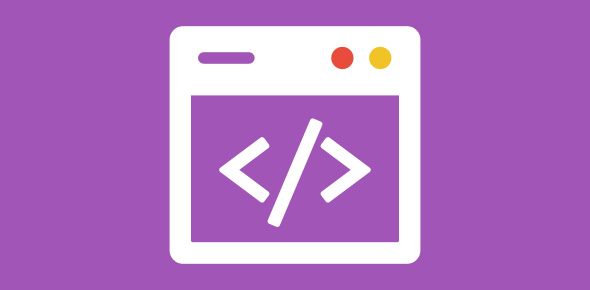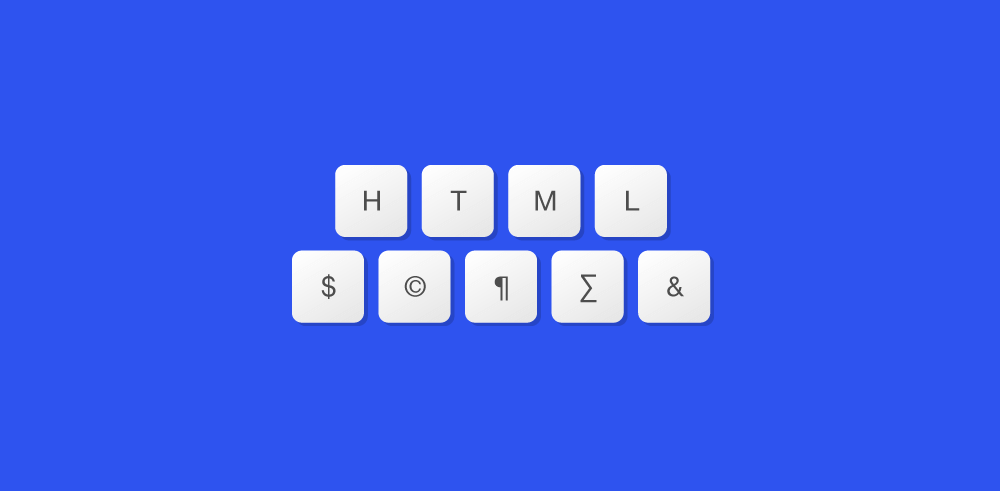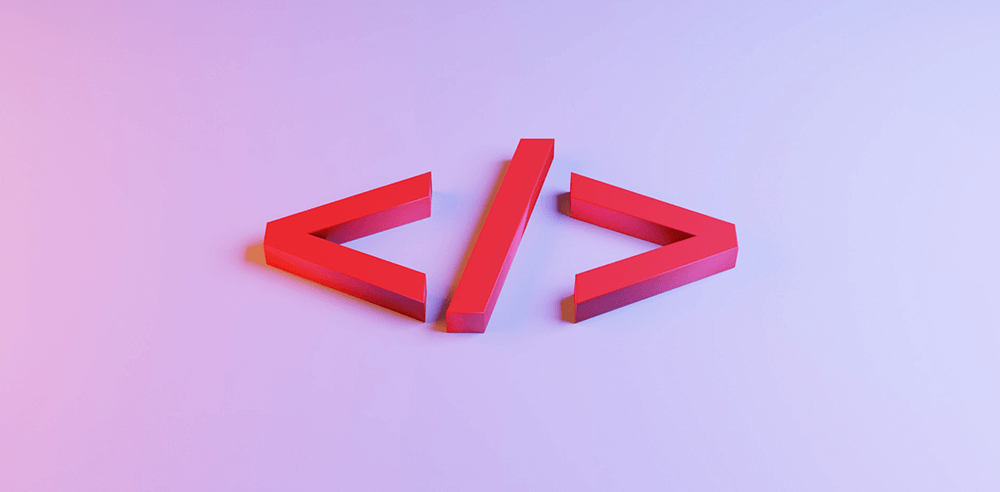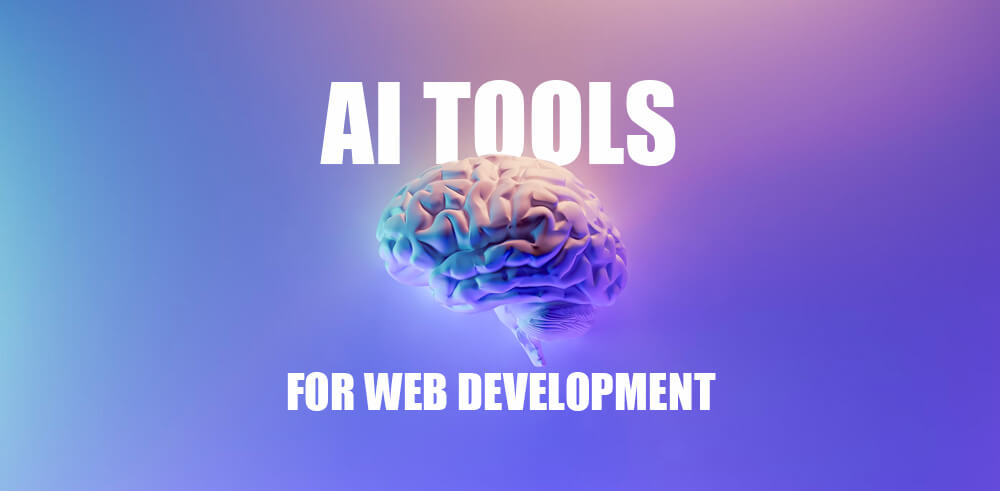The name says it all – a web page is a page on the web. It’s a digital document, a computer file, if you like, that is typically viewed using a web browser program. In the interconnected network of document and web sites which we call the World Wide Web (WWW), the linking is actually between web pages and, hence, I like to consider them as the building blocks of the web.
How are web pages made?
Web pages are created using HTML which stands for HyperText Markup Language. All web pages, whether big or small, have to be developed in HTML to be displayed in web browsers. HTML, contrary to its name, is not a language per se. Rather, it consists of tags that specify the purpose of what they enclose.
Sponsored Links
For instance, by surrounding a block of text on a web page with the <p> tag (the paragraph tag) tells the browser that all that text is to be placed as paragraph or using the <em> around a phrase will give emphasis to it.
Most HTML tags come in pairs – there is an opening tag and a closing tag. Here is an example in which I’ve used the two tags mentioned above – paragraph and emphasis:
<p>This is a simple paragraph on a web page using HTML paragraph tags that come in a pair - the opening tag specifies the beginning while the ending tag marks the end. Note the ending tag has a forward slash. You can also <em>emphasize some text</em> inside a paragraph.</p>
The above is displayed on a web page as (without the yellowish background color and the dotted border, of course):
This is a simple paragraph on a web page using the HTML paragraph tags that come in a pair – the opening tag specifies the beginning while the ending tag marks the end. Note the ending tag has a forward slash. You can also emphasize some text inside a paragraph.
What do web pages contain?
A web page digital file consists of only text and HTML code. It is read by a web browser, parsed and displayed to the user based on the instructions in HTML tags. Though you’ll see multimedia content such as images, audio and video or Flash animations on a web page when its shown in a browser window, the web page file itself doesn’t contain this information. The multimedia files are separate and are included in the web page through HTML tags.
A bunch of web pages with their multimedia files makes a web site. Having said that, a web site can also have just one web page – the home page of the web site – and nothing else.
How do you create a web page?
As mentioned above, web pages are developed with HTML which is quite simple to learn and you’ll find a basic as well as an advanced HTML tutorial on this web site. To learn HTML and start creating web pages you don’t need any specialized software – you already have what you will require, which is a plain text editor such as Notepad (in Windows) and a web browser to review your work. But, and here is the good news, if you don’t have the time or the inclination to study HTML you can still create web pages – and fairly quickly, if I may add – using WYSIWYG HTML editors.
WYSIWYG stands for What You See Is What You Get and in these editors you simply place elements – text, images etc. – and the program will automatically “write” the HTML code for you. There are tons of HTML editors available – some are simple to pick up while others have a steeper learning curve; some are free while others cost a pretty penny. All-in-all, it’s not a bad idea to try your hands with a free WYSIWYG HTML editor and see where you go from there. I also recommend reading the advantages and disadvantages of using HTML editors for create web pages.
Food for thought: Is a web page a program? Before you jump to read that blog post, think about it for a couple of minutes.






